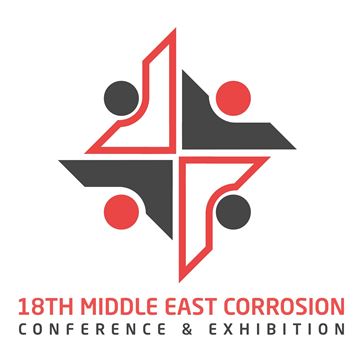Search
AMPP Conference Papers
View as
Sort by
Display
per page
A Two-Stage Cathodic Protection System Combining ICCP Components with Long-Term Galvanic Anode Steel Reinforcement Protection
Product Number:
51323-18868-SG
Publication Date:
2023
$20.00
AC Mitigation Design Considerations for Pipeline Facilities
Product Number:
51323-18867-SG
Publication Date:
2023
$20.00
Acceleration Of 316L Stainless Steel Corrosion By Proton-Irradiation-Induced Displacement Damage In Hydrogenated Steam
Product Number:
ED22-17134-SG
Publication Date:
2022
$20.00
Acceleration Of Long-Range Ordering in NiCrFe Alloys Using Proton Irradiation
Product Number:
ED22-18352-SG
Publication Date:
2022
$20.00
Acid-Induced Corrosion of Hospital Facilities from Construction Processes
Product Number:
51323-19062-SG
Publication Date:
2023
$20.00
Acquiring and Analyzing Electrical Resistance Probe Data Using Web-Based Remote Monitoring Tools
Product Number:
MECC23-19990-SG
Publication Date:
2023
$20.00
Addressing Hot Surface Personal Protection and Solar Radiant Heat Gain in A Single Coat with A Next Generation Thermal Insulation Coating
Product Number:
51323-19321-SG
Publication Date:
2023
$20.00
Adhesion And Wear Resistance Of PVD Nitride-Based Coatings On Zircaloy Substrates
Product Number:
ED22-17266-SG
Publication Date:
2022
$20.00
Adsorption of Model Inhibitor Compound Characterized Using Quartz Crystal Microbalance with Dissipation Monitoring
Product Number:
51323-19145-SG
Publication Date:
2023
$20.00
Advanced Chemical Resistant Epoxy Systems To Endure High Pressure and High Temperature in Pipes and Tanks
Product Number:
51323-18766-SG
Publication Date:
2023
$20.00
Advanced Coating Technology For Refinery And Petrochemical Applications
Product Number:
51322-17657-SG
Publication Date:
2022
$20.00
Advanced Corrosion Resistant Coating and The Requisite Technological Advancements for Its Application
Product Number:
51323-19485-SG
Publication Date:
2023
$20.00












